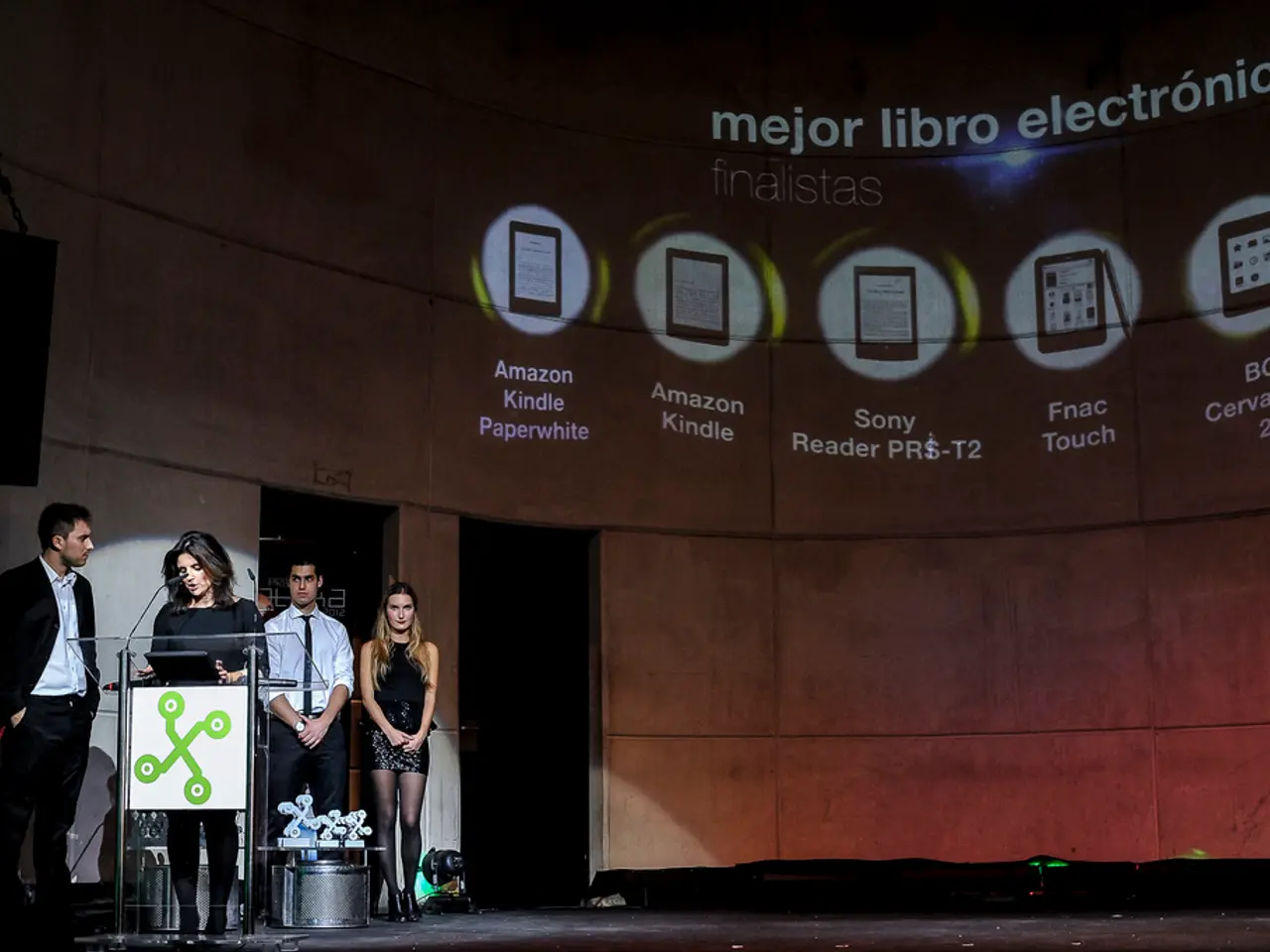Enhanced Work Memory and Flexibility Empower Young Children to Recognize the Unforeseen
A new study published in the British Journal of Developmental Psychology sheds light on the intricate relationship between executive functions and inattentional blindness in preschool-aged children [1]. The research, led by a team of psychologists from Zhejiang Province, China, reveals that working memory and cognitive flexibility play significant roles in helping children notice unexpected stimuli in different contexts.
The study recruited 154 children aged three to six from a preschool in Zhejiang Province, China. Alongside various tests, the children completed three tasks designed to measure core components of executive function: working memory, inhibition, and cognitive flexibility.
In the static task, children briefly viewed a cross and judged which line was longer while an unexpected shape appeared on the screen [1]. Interestingly, children with higher working memory capacity were more likely to detect the unexpected object in this fast-paced, time-pressured task. Working memory helps children manage incoming information and remain open to new stimuli despite cognitive load.
However, in the sustained task, children tracked a moving fish on a screen and were later asked if they noticed an unexpected object that moved across the display [1]. In this context, cognitive flexibility—the ability to shift attention between different stimuli or tasks—was more predictive of children noticing the unexpected stimulus. Children who performed better on cognitive flexibility tests were more likely to detect changes or new stimuli when the environment required them to flexibly redirect their focus.
In contrast, inhibitory control, another core executive function, did not significantly predict inattentional blindness in either scenario [1].
The findings suggest that working memory supports noticing unexpected information in brief, fast-paced situations, while cognitive flexibility supports noticing unexpected stimuli during longer, changing tasks [1]. Both are critical executive functions but facilitate attention in different contexts of inattentional blindness.
This nuanced understanding highlights that inattentional blindness in preschool children is related to specific underlying executive function processes, not merely general distraction. It also suggests tailored approaches to enhance safety and learning environments—such as supporting working memory for quick situational awareness and fostering cognitive flexibility for adapting to dynamic environments—may help reduce inattentional blindness risks in early childhood [1].
The study makes a valuable contribution by showing that even in preschoolers, the ability to notice what's around us is closely linked to how we manage our attention and thinking. However, it's important to note that the study used only one task to measure each executive function component, which may not fully capture the complexity of these skills.
References: [1] Zhang, H., Liang, F., Li, Y., Zhu, M., Vasseleu, E., & Howard, S. J. (2021). The role of executive functions in young children's static and sustained inattentional blindness. British Journal of Developmental Psychology. https://doi.org/10.1111/bjdp.70004 [3] Miyake, A., Friedman, N. P., Emerson, M. J., Witzki, A. H., & Howerter, A. (2000). Executive control of cognition: Frontal lobe networks. American Psychologist, 55(2), 131–146. https://doi.org/10.1037/0003-066X.55.2.131
- The research published in the British Journal of Developmental Psychology delves into the relationship between executive functions, particularly working memory and cognitive flexibility, and inattentional blindness in preschool-aged children.
- The study conducted by a team of psychologists from Zhejiang Province, China, indicates that working memory and cognitive flexibility significantly influence a child's ability to notice unexpected stimuli in various contexts.
- In the static task, children with higher working memory capacity were more likely to detect unexpected objects, as working memory helps manage incoming information and keep children open to new stimuli despite cognitive load.
- In contrast, cognitive flexibility—the ability to shift attention between different stimuli or tasks—was more predictive of children noticing unexpected stimuli in dynamic tasks, such as the sustained task where children tracked a moving fish.
- The study reinforces the importance of mental processes in fostering mental health and wellness, as it highlights the role of executive functions in learning and health-and-wellness contexts.
- Considering the findings, strategies that promote working memory and cognitive flexibility, such as fitness-and-exercise routines and stimulating educational activities, may help reduce inattentional blindness risks and foster a safer and more effective learning environment for young children.




